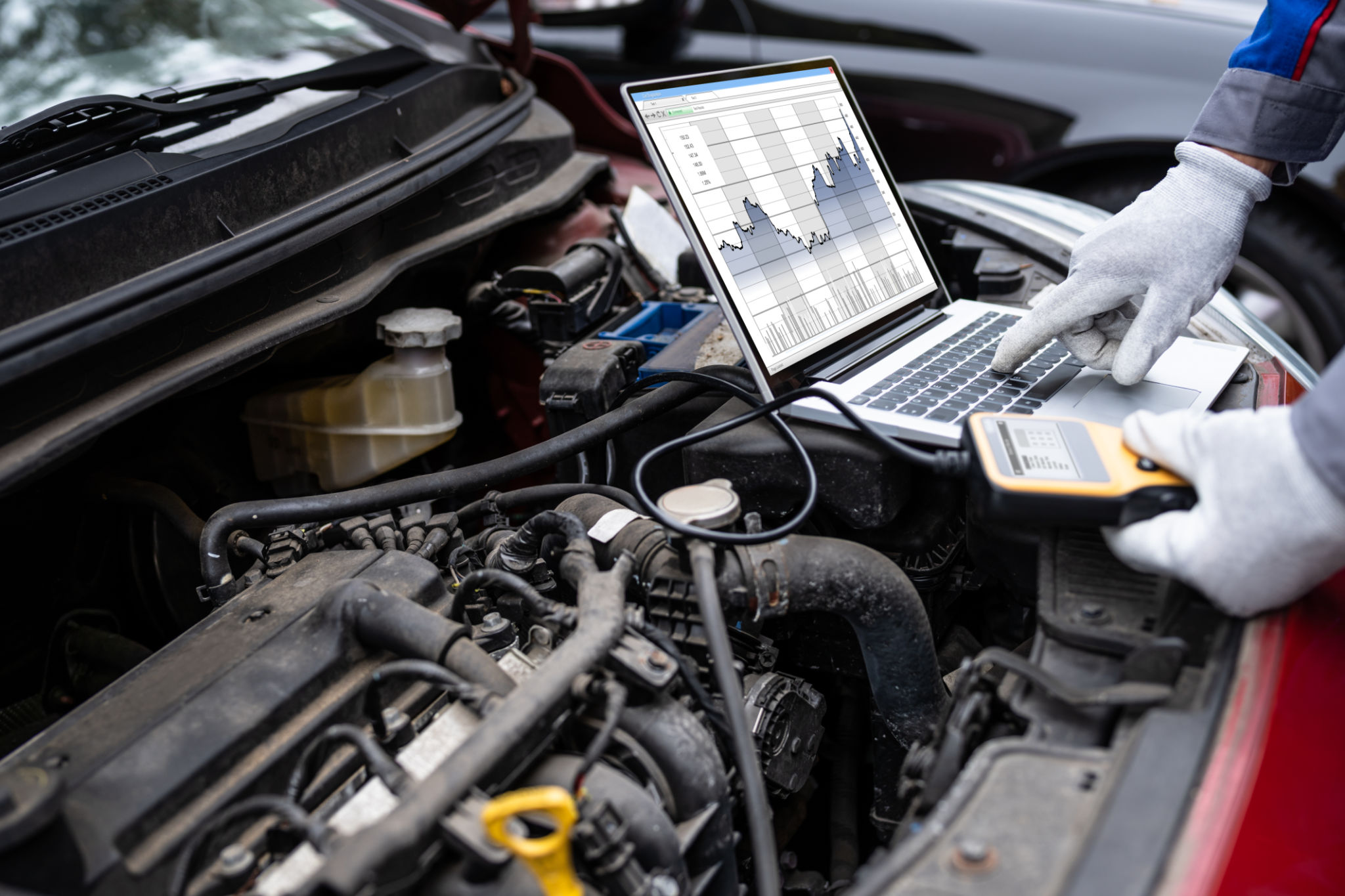How Innovations in Car Emergency Response Services are Changing Roadside Assistance
The Evolution of Roadside Assistance
In recent years, technological advancements have significantly transformed car emergency response services. These innovations are not just making roadside assistance faster and more efficient but are also enhancing the overall safety and convenience for drivers. As we delve into these technological breakthroughs, it becomes evident how they are reshaping the landscape of roadside support.

Real-Time GPS Tracking
One of the most impactful innovations in this space is the integration of real-time GPS tracking in emergency response systems. This technology allows service providers to pinpoint the exact location of a stranded vehicle, significantly reducing the time it takes to reach the scene. Moreover, GPS tracking enables drivers to monitor the arrival time of help, providing reassurance during stressful situations.
Another benefit of GPS technology is its ability to optimize route planning for service vehicles. By analyzing traffic patterns and road conditions, service providers can choose the most efficient path, ensuring that assistance arrives as quickly as possible.
Smartphone Apps and On-Demand Services
The rise of smartphone apps has revolutionized the way drivers access roadside assistance. With just a few taps, drivers can request help, report their location, and receive updates on the progress of their request. These apps often come with user-friendly interfaces that make the process straightforward, even for those who may not be tech-savvy.

On-demand services have also gained popularity, offering a more flexible and responsive approach to roadside assistance. Unlike traditional services that may require membership or subscription fees, on-demand options allow users to pay only when they need help, making it a cost-effective solution for many drivers.
Advanced Diagnostic Tools
Modern emergency response vehicles are equipped with advanced diagnostic tools that can quickly assess vehicle issues on-site. These tools can read error codes and perform checks that used to require a trip to the mechanic. As a result, many minor problems can be resolved immediately, saving drivers both time and money.
In addition to diagnosing issues, some service providers are beginning to offer remote diagnostics. This innovation allows technicians to assess a vehicle's problems before they arrive on the scene, ensuring they bring the necessary tools and parts to address the issue promptly.

Electric and Hybrid Vehicle Support
As electric and hybrid vehicles become more prevalent, roadside assistance services are adapting to meet their unique needs. This includes specialized training for technicians and new equipment designed specifically for electric vehicle maintenance and repair. As these vehicles become more common, having knowledgeable support is crucial for drivers.
Additionally, some emergency services now offer mobile charging units for electric vehicles, providing a much-needed boost to drivers who find themselves stranded with a depleted battery.
The Future of Roadside Assistance
The innovations in car emergency response services are undeniably paving the way for more efficient and reliable roadside assistance. As technology continues to evolve, we can expect even more advancements that will further enhance safety and convenience for drivers everywhere.
Looking ahead, the integration of artificial intelligence and machine learning could lead to predictive maintenance solutions that prevent breakdowns before they occur. Furthermore, as autonomous vehicles become a reality, roadside assistance will need to adapt once again to meet these new challenges.
